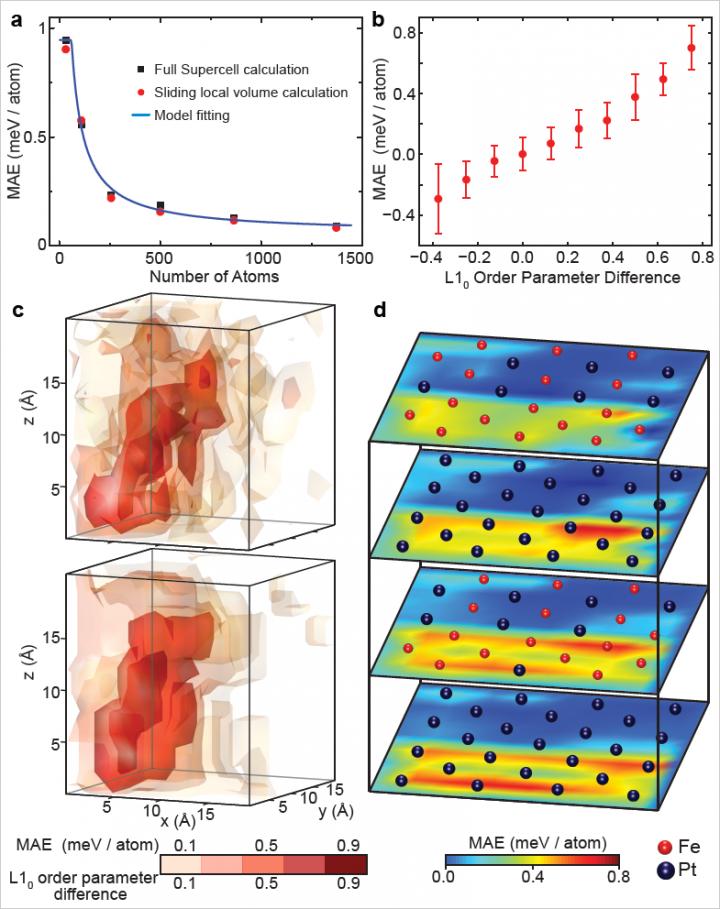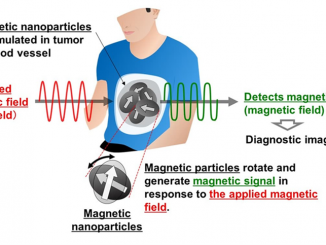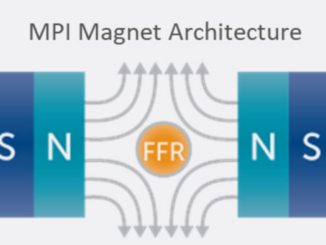
Monash University has launched a world-first technology that can detect magnetic nanoparticles anywhere in the body, enabling enhanced medical applications such as tracking of beneficial CAR-T cells during cancer therapy.
Welcome to the Annual Magnetic Sensing Fest at Magnetics Magazine
Stay tuned for more!
The new technology was funded through an ARC LIEF grant with contributions from Monash University and RMIT, and combines Magnetic Particle Imaging (MPI) with Computed Tomography (CT) and Hyperthermia capabilities for preclinical, in vivo research. It is located at the Monash Alfred campus and is operated by the Alfred Research Alliance-Monash Biomedical Imaging (ARA-MBI) platform.
MPI is a new, non-invasive molecular imaging technique that offers significantly increased tracer sensitivity over MRI and remarkably faster acquisition times than nuclear medicine, opening the door to cutting-edge opportunities for interdisciplinary projects in medical research, chemistry and biotechnology.

The preclinical Momentum MPI system, developed by Magnetic Insight, is the world’s first MPI system with CT and Hyperthermia capabilities. The technology quantitatively detects magnetic nanoparticles anywhere in the body with exceptional sensitivity, enabling researchers the ability to track the nanoparticles in vivo, where they can bind to particular cells of interest. Using the same in vivo living subject, the Hyperthermia technology can then define an area with pin-point accuracy and induce localised heating in this area up to a desired therapeutic temperature designed to kill the cells that have been bound with the nanoparticles.
The capabilities can also monitor chemotherapy treatments and enhance their efficacy with the addition of targeted heating. “With just 0.01 percent of chemotherapy currently reaching the cancer tissue, it is so important to boost the potency of the drugs reaching the target,” said Dr Karen Alt, Head of the NanoTheranostics Laboratory at the Australian Centre for Blood Diseases, Monash University.
“MPI and targeted Hyperthermia are seen as the most promising new developments in the non-invasive diagnostic imaging and therapy field in decades as it combines the non-invasive nature of MRI with the sensitivity of PET, thereby unifying the best from two mainstream clinical modalities,” said Associate Professor Christoph Hagemeyer, Head of the NanoBiotechnology Laboratory at the Australian Centre for Blood Diseases, Monash University.
The ARA-MBI Platform offers preclinical researchers access to the latest imaging equipment integrating high resolution imaging and diagnostics to inform personalised therapeutic targets. The technologies include Magnetic Resonance Imaging (MRI), MPI and Positron Emission Tomography (PET)/CT scanners.
Monash and its collaborators are world-leaders in advanced nanoparticle fabrication, which is critical to MPI reaching its full potential. This is because MPI resolution and sensitivity are driven as much by the magnetic tracer’s properties as by the imaging hardware. The facility will be used to develop specialised iron oxide nanoparticles with the highest MPI sensitivity and responsiveness, enabling new opportunities for research in critical research fields such as vaccine technology development.
Dr Patrick Goodwill, expert in Magnetic Particle Imaging (MPI) technology and co-founder and CEO of Magnetic Insight added: “We have been working with TrendBio (an Australian SME) to deliver and support this ground-breaking technology, and we are excited to see the outcomes that Monash researchers will deliver.”
Professor Mike Ryan, Academic Director, Research Infrastructure, Monash University, said: “The facility will further enhance Monash’s leadership in advanced materials science nanotechnology, molecular imaging and biosciences.”



